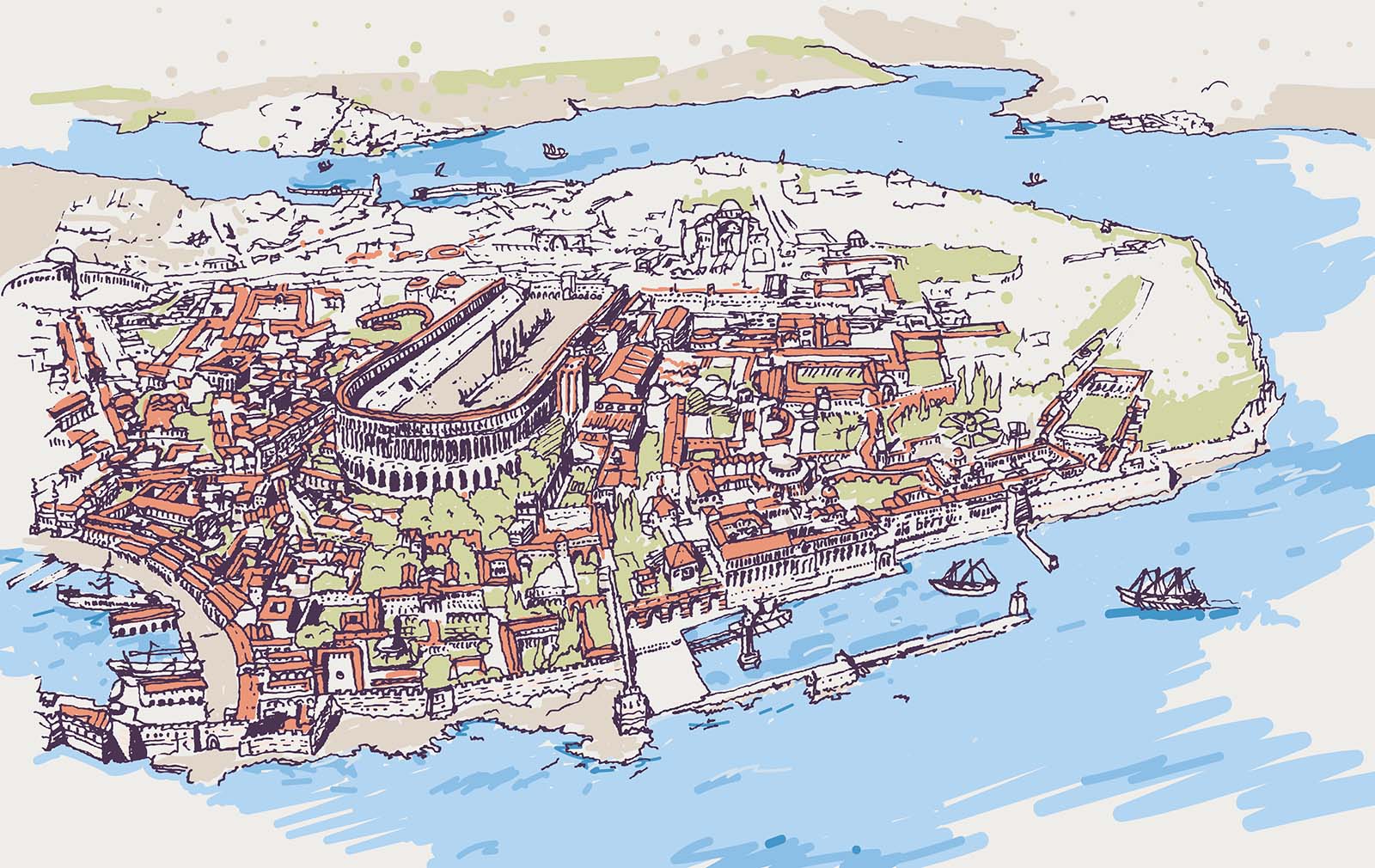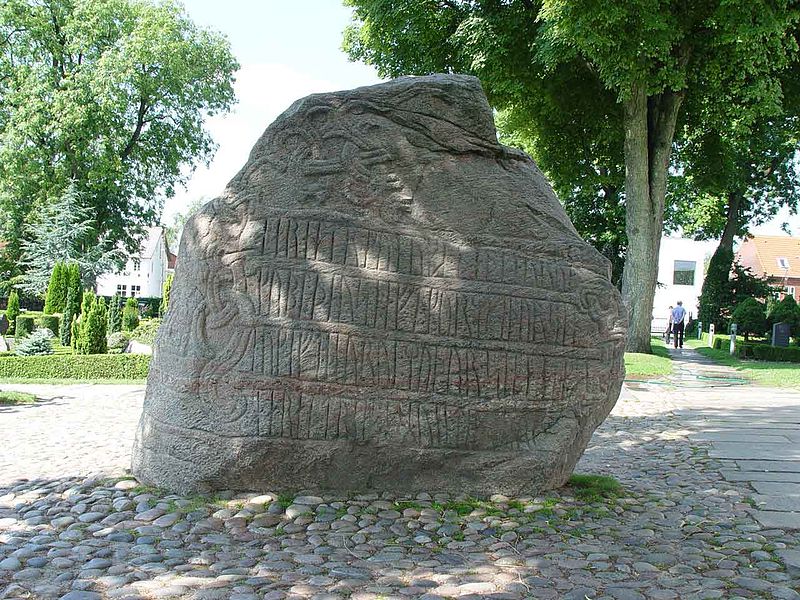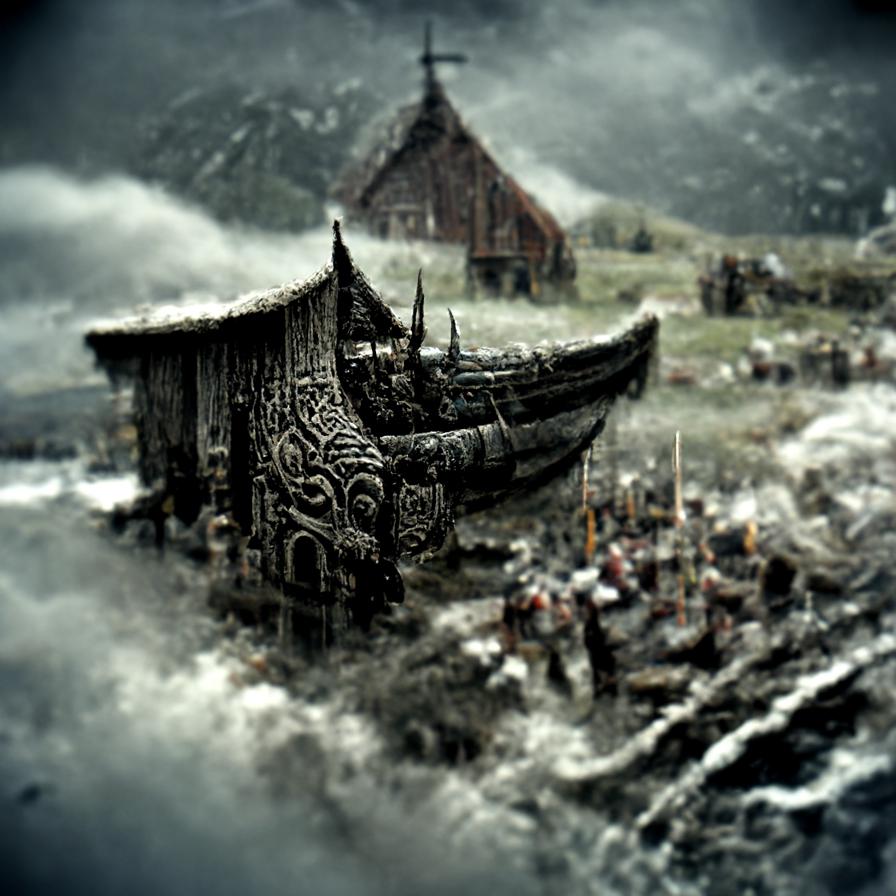The Viking Age (793-1066 CE) was a time of widespread exploration and trade, with Vikings traveling to various parts of the world in search of new goods to trade. While the Vikings were known for their raiding and plundering, they were also skilled merchants and traders. This blog post will explore the Viking trade networks, the types of goods they traded, and the importance of trade to Viking society.
Viking Trade Networks: The Vikings had a vast trade network that stretched from Scandinavia to the Mediterranean and beyond. They used both overland and maritime trade routes to transport goods. The overland routes were primarily used for trading furs, skins, and slaves, while the maritime routes were used to transport luxury goods such as silks, spices, and precious metals.

Vikings traveled by sea in longships, which were designed to be fast and maneuverable. The longships were also able to travel up rivers, allowing Vikings to reach inland trading centers. The Vikings established trade settlements in places such as Dublin, York, and Novgorod, where they traded with local merchants.
Types of Goods Traded: The Vikings traded a variety of goods, including:
-
Furs and Skins - The Vikings traded furs and skins, such as bear, wolf, and beaver, which were highly valued in markets throughout Europe.
-
Slaves - Slaves were a major part of the Viking trade network. The Vikings would capture slaves during their raids and sell them in markets throughout Europe and the Middle East.
-
Metals - The Vikings were skilled metalworkers, and they traded iron, copper, and silver throughout Europe. They also imported gold and other precious metals from the Middle East.
-
Timber - The Vikings traded timber, primarily oak and pine, which they used to construct their ships and buildings.
-
Luxury Goods - The Vikings traded luxury goods such as silks, spices, and precious metals. They imported these goods from the Middle East and other parts of the world and traded them in markets throughout Europe.
Importance of Trade to Viking Society: Trade was essential to Viking society. It allowed the Vikings to obtain goods that were not available in Scandinavia and to establish relationships with other cultures. Trade also provided the Vikings with a source of income, which they used to support their families and communities.

Trade also played a role in the spread of Viking culture. As the Vikings traveled and traded, they shared their language, religion, and customs with other cultures. This helped to spread the influence of Viking culture throughout Europe and beyond.
Conclusion: The Viking trade network was an essential part of Viking society. It allowed the Vikings to obtain goods, establish relationships with other cultures, and spread their influence throughout the world. The types of goods traded and the methods used to transport them demonstrate the skill and ingenuity of the Vikings as traders and merchants.
Works Cited:
- Jones, Gwyn. A History of the Vikings. Oxford University Press





Leave a comment
This site is protected by hCaptcha and the hCaptcha Privacy Policy and Terms of Service apply.